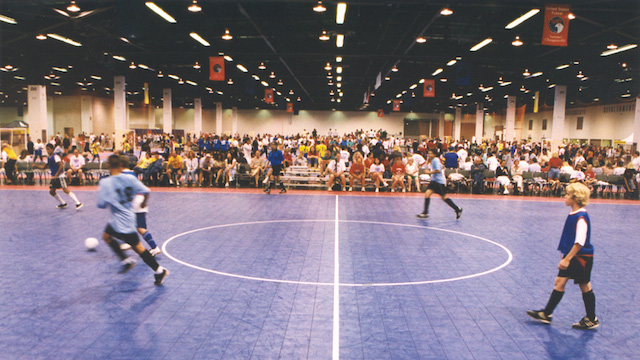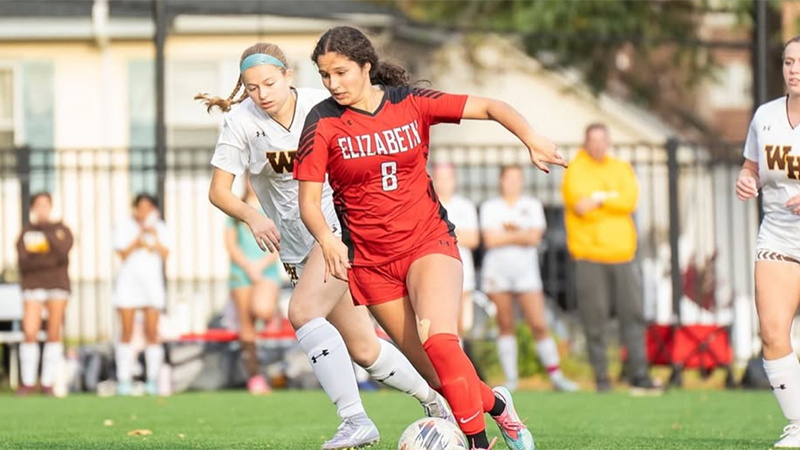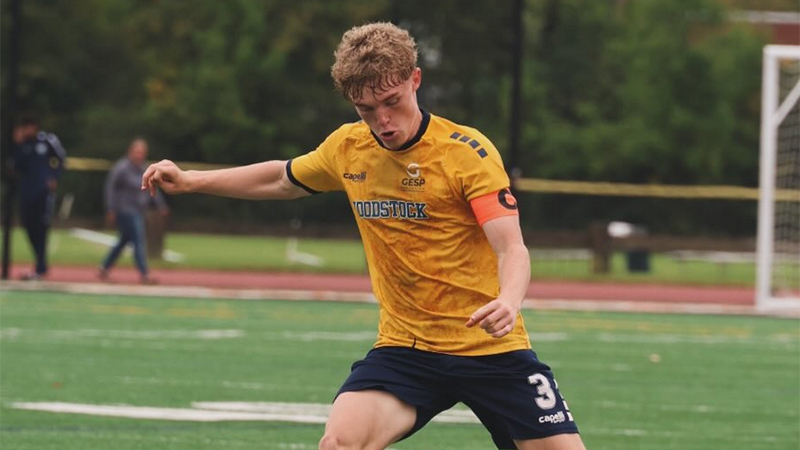Futsal hopes to up technical ability

Toward the end of 2012, U.S. Soccer announced that it was adding a futsal component to the U14 age group it had added to the Development Academy oeuvre for the 2013-14 season. The idea was to raise the overall level of technical play in the U.S. by bringing players into smaller five-a-side arenas at younger ages.
Last weekend, that initiative drew to a close for the first time. Smack in the middle of the first U14 season in the academy’s seven-year history, a selection of the DA’s 97 U14 teams took the month of February to participate in a handful of regional futsal events running the length of the month. Events in California, Florida, Illinois, North Carolina, Texas, Pennsylvania and Connecticut aimed to draw as many players into a showcase-style event that put teams into competitive futsal environments against each other for the first time.
While the ink on the academy’s futsal blueprint is still drying, the consensus among coaches was largely tinged with positivity. If the idea was to begin turning the wheels on the cognitive side of the game at an earlier age, a number of coaches feel like the project is off to a fine start.
“I like the fact that the kids, when they’re inside, it’s a little different,” Bethesda-Olney U14 coach Matthew Ney said. “They’ve got to speed up their mind. They’ve got to really work on their body positions. You can’t cheat because the game’s so fast, and it’s shorter. Kids with a lot of athletic ability sometimes get into bad habits (in futsal), because they can sometimes take away from it. In our games over the weekend, you saw they really had to have their minds and their ability to take information in.”
While the U14 division is only just getting off the ground, futsal in the U.S. is hardly a new phenomenon. The U.S. Futsal organization has existed since 1981, and the U.S. men’s futsal team finished second at the FIFA five-a-side championships in 1992, the highest finish for any U.S. national team in a FIFA competition until the women won the 1996 gold medal.
U.S Futsal estimates there are about 1,100 futsal clubs scattered throughout the country, and previous partnerships with AYSO and US Youth Soccer increased the game’s influence and visibility in increments over the past several decades.
So in that sense, the scaffolding was already in place for U.S. Soccer to begin the build process within the Development Academy.
The trick was bringing its members on board in a way that would foster the kind of play it hoped to cultivate.
Futsal’s rules are fundamentally different from the traditional outdoor game in a constellation of ways that tends to attract more technically able players with higher proficiency in one-on-one situations, a constant sticking point in American soccer developmental circles. The game is shorter, the field of play is smaller and decisions are generally made on a much faster timeline. Athleticism tends to be phased out in favor of guile and intelligence.
“Futsal has a ton of momentum right now,” Development Academy director of scouting Tony Lepore said in a release. “You need to have strong technique in tight spaces, awareness and quick decision making. Players have three times as many touches on average - if not more - than the outdoor game, and the space is smaller, so it’s much faster thinking. It’s a really valuable platform. We’re hoping that people see the benefits and will also apply futsal to their U16 and U18 programs.”
In lieu of handing down set instructions for its U14 coaches on how to coach futsal, U.S. Soccer allowed some breathing room for each coach to map out his own path forward within the timeframe of the futsal component. Aside from sending coaches rules for the game itself, most were allowed to mold it to best practices within their own club setup. In the midst of their normal outdoor schedule, most teams tended to practice about once a week from December through February in preparation for this month’s heavy event schedule.
“Overall, they’re trying to get some small-sided play out of it, which I completely agree with,” Ney said. “Not everyone is doing three-v-three or four-v-four on a consistent basis, and this kind of forces their hand.”
There was interest levied on U14 futsal not only because of the novelty factor but because it coincided with the birth of the U14 age group in the academy as a whole. In an effort to reach an ever expanding bubble of youth players, the academy dropped its age range to middle school-aged players in an effort to introduce its longer season schedule into its system earlier.
Futsal’s role in that, the academy hopes, is no small thing. By introducing a new platform that pushes individual skill within the umbrella of a team environment, U.S. Soccer has its eye on a new, improved breed of American soccer players.
“I think (its success) depends on how it’s taught,” Ney said. “I taught it through the scope of what we can do to make the kids better outside. We didn’t necessarily train on set plays and stopping the ball with the sole of your foot and using some of the keys to futsal. But we trained futsal in terms of how they can befit us outside. Body position, movement off the ball, anticipation, stuff like that. We’re always looking at the best way to maximize our time.”
Headlines
- Recruiting Roundup: December 22-January 4
- Vote for Men's College Soccer Best Goal
- 2026 Women's Division I Transfer Tracker
- Vote for Women's College Soccer Best Goal
- 2025 TDS Men's College Goal of the Year
- Club Soccer Player Rankings: Boys 2028
-
Top Uncommitted 2026 Boys Players

- TDS Fall High School Boys Best XI
- TopDrawerSoccer TeamRank Update - Boys
- TDS Fall High School Girls Best XI



